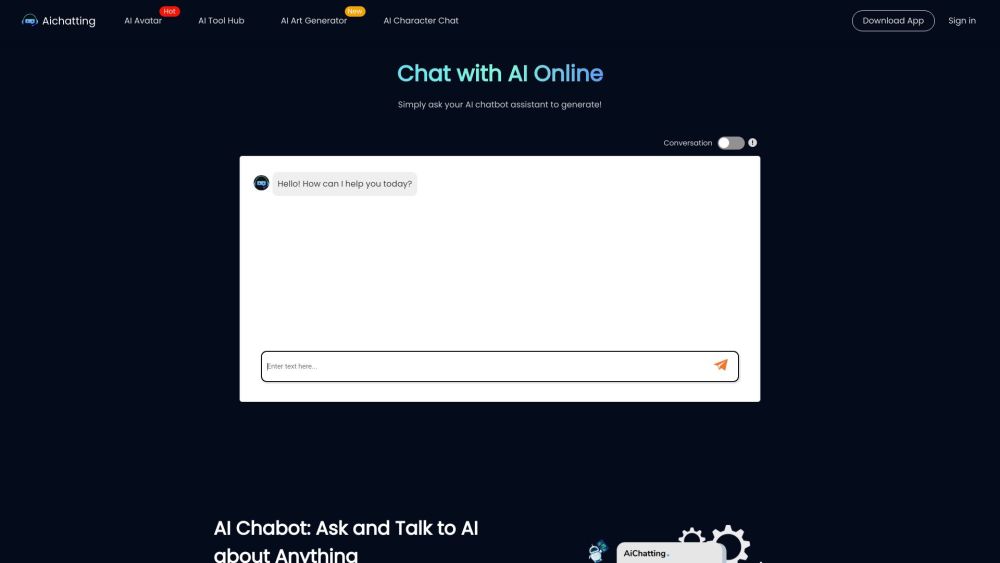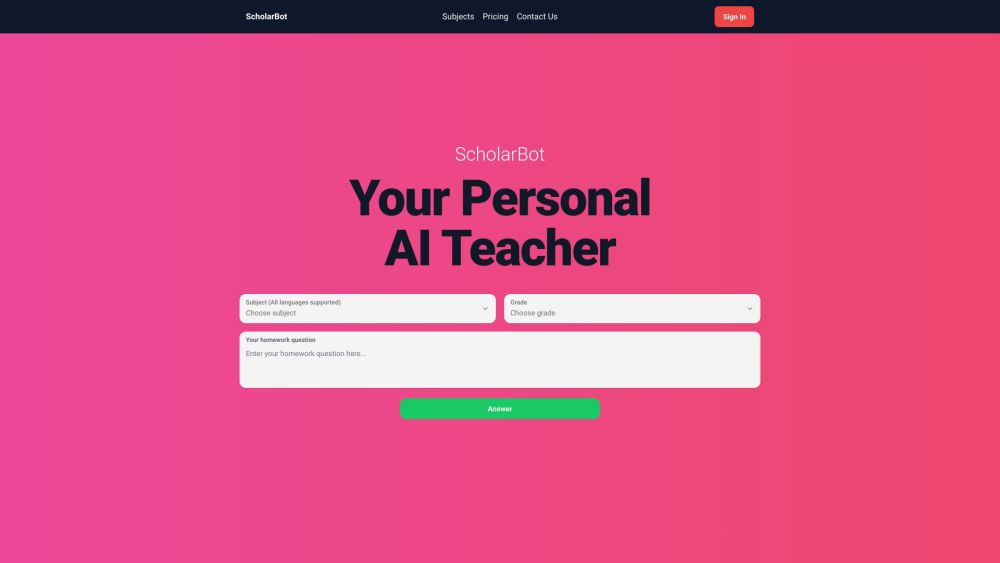A clerk at a Hong Kong branch of a multinational corporation recently found himself in a harrowing situation when he received an urgent invitation for a video call from the CFO to discuss a confidential transaction. Initially cautious, his apprehension faded upon joining the call to see several familiar faces from the finance department, including the CFO. However, this meeting turned out to be a sophisticated scam. The clerk was instructed to transfer a staggering 200 million Hong Kong dollars (approximately $25.6 million) to five different bank accounts. Tragically, everyone present in the meeting, apart from him, was a deepfake, as confirmed by the Hong Kong police.
"I believe the fraudster downloaded videos in advance and then used artificial intelligence to add fake voices for the meeting," stated acting senior superintendent Baron Chan during a press briefing. This incident underscores a troubling trend: the rise of generative AI has escalated the sophistication and reach of cyber attacks, enabling even low-skilled criminals to execute high-stakes scams.
Phil Venables, Chief Information Security Officer at Google Cloud, highlighted the growing threat, stating, "We expect to see generative AI and large language models (LLMs) being leveraged by hackers to personalize and gradually scale their campaigns." As AI capabilities continue to advance, threat actors previously restricted by limited resources are finding new ways to amplify their malicious activities.
### LLM-Enabled Threats and Phishing
The emergence of large language models provides hackers with sophisticated tools to refine their attacks. For instance, LLMs can significantly enhance traditional phishing schemes. As Christopher Cain, threat research manager at OpenText Cybersecurity, noted, "Gone are the days of ignoring requests from the fictional Nigerian prince seeking a banking partner. An LLM can clean up the language, eliminating the glaring errors often made by non-native speakers." This capability makes phishing messages more compelling and tailored to specific contexts.
Moreover, LLMs can facilitate the creation of attack code, enabling an attacker to forge a realistic landing page without deep coding knowledge. By simply providing a screenshot of a legitimate bank’s website, an LLM can generate the necessary code, lowering the barrier to entry for cybercriminals.
As these threats evolve, organizations must adopt innovative strategies for countering social engineering attacks. Cybersecurity education has never been more vital. Cain emphasized, "Proper security practices, regular audits, and vigilant safeguards are essential. It's crucial to verify requests, especially those concerning financial information or sensitive data, via a phone call."
### Defending Against LLM Vulnerabilities
Concerns surrounding LLMs extend beyond their usage in attacks; they, too, can be targeted. Nicole Carignan, vice president of strategic cyber AI at Darktrace, pointed out, "One of the biggest concerns with publicly available LLMs is securing against vulnerabilities like prompt injection attacks, where a threat actor could manipulate the LLM to generate harmful outputs."
Additionally, cybercriminals can attempt to steal or poison models used for training deep-learning algorithms. Ashvin Kamaraju, global vice president of engineering and cloud at Thales, explained, "By accessing a model's architecture, cybercriminals can identify and exploit its weaknesses within a controlled environment. Data poisoning attacks corrupt the public datasets that train these models, compromising their integrity."
To mitigate these threats, it is crucial to implement secure practices throughout the AI development lifecycle. This includes establishing monitoring systems like LLMOps to detect anomalies and enforce strict data management protocols.
### The Role of Generative AI in Cybersecurity Defense
Interestingly, generative AI also plays a pivotal role in cybersecurity defense. Its ability to analyze vast, unstructured datasets makes it an invaluable asset for detecting and responding to threats. Eyal Manor, vice president of product at Check Point Software Technologies, stated, "Generative AI can expedite threat analysis, enhance access controls, and streamline troubleshooting."
Check Point recently introduced Check Point Infinity AI Copilot, leveraging generative AI to significantly reduce the administrative burden on IT teams. According to the company, this tool can save teams up to 90% of the time typically spent on routine tasks. As companies test the viability of AI technologies, they are likely to experience the benefits of Cyber-AI strategies. Jim Guinn, a partner at EY, suggested, "While the adoption of Cyber-AI may be slower compared to traditional AI applications, its emergence is inevitable."
In this ever-evolving digital landscape, the convergence of generative AI and cyber threats prompts an urgent need for heightened awareness and strengthened security protocols. Organizations must remain vigilant, continuously adapting to defend against increasingly sophisticated attacks.






